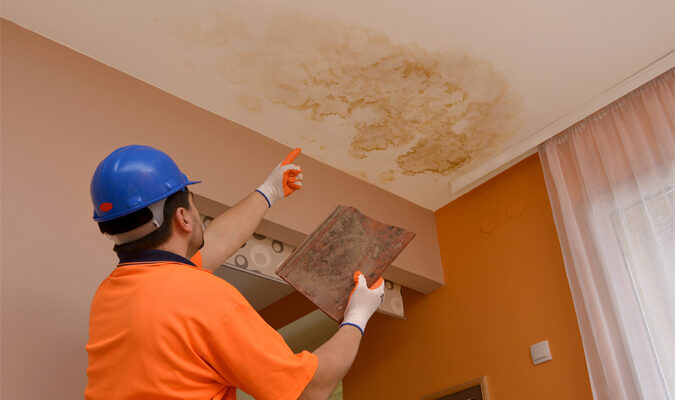
If there’s one thing every homeowner can relate to, it’s the pride of owning property—combined with the deep fear of property damage. For many of us, our worst nightmares involve extensive repairs and hefty bills!
Staying vigilant about home maintenance helps, but it doesn’t always help prevent the occasional roof leak. Worse, there are plenty of other more subtle signs that your roof is damaged, and they aren’t as easy to notice. How do you prevent minor issues from snowballing into major headaches when you’re unfamiliar with the red flags?
If you’re not sure of the common signs that a roof replacement is in your future, we’ve got you covered. Let’s take a look at four indicators that it’s time to make a change.
Your Roof Is Aging
As you start to consider roof replacement, the biggest factor should be your roof’s lifespan. Most roofs will last anywhere from 20 to 25 years, but the lifespan varies based on the roof materials you’ve used in the job.
Asphalt shingle roofs, for example, tend to have lifespans on the shorter end of the spectrum, often around 15 to 20 years. On the other hand, one of the benefits of metal roofing is its long lifespan, as a well-maintained metal roof can last you up to 70 years.
There’s Sunlight in Your Attic
Before you take to the roof to inspect it, head up to your attic. You’ll want to check for any signs that outdoor elements are getting through.
The most obvious sign, of course, is that you can see sunlight—whether the hole is a small or large one. Otherwise, you can grab a flashlight to check for staining. Any streaks, stains, or discoloration could be a sign that precipitation is entering your roof.
There’s Shingle Damage
If you have an asphalt tile roof, small changes in the quality of your shingles can be a big indicator that you need to make a change. As the heat and weather batter your roof, your shingles may grow damaged.
It’s important to keep an eye out for cracked, curling, or buckling shingles. In addition, watch out for shingle granules when you clean your gutters, as the loss of these protective materials can harm the structure of your roof.
For options like slate, clay, and metal roofs, you don’t have to worry as much: these solid options can take more of a beating. However, you should still keep an eye out for loose or missing shingles during your inspections.
The Roof Flashing Is Impaired
Your flashing may seem like a minor part of your roof, but it’s essential. The job of roof flashing is to seal up seams that would otherwise allow the elements to enter.
If you notice cracks, breaks, or warping in your flashing, make sure to address the issue as soon as possible. Even if you don’t replace the entire roof, it’s always a good idea to update older flashing, as updated systems offer better strength and durability.
Keep These Key Signs in Mind
Your roof isn’t an “out of sight, out of mind” household item: it’s important to inspect it with care on a regular basis. Keeping an eye out for these common red flags can help you decide when it’s time to replace your roof before further damage sets in.
Looking for more tips to help you keep your property up and running? Be sure to check out our other posts and guides!
Leave a Reply